Volubilis near Meknes in Morocco was an ancient Roman city. An impressive well preserved UNESCO-listed site housing extensive ruins dating back to the 1st century BC. I have missed this site during my first visit in October 2019 and I am happy that I have made it on this visit in November 2021.
What is Volubilis?
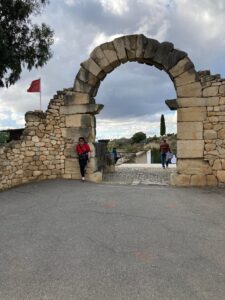 The Roman ruins of Volubilis, Morocco, the finest of all the Roman ruins to be found in the country, are at once important for their Roman connections to the region.
The Roman ruins of Volubilis, Morocco, the finest of all the Roman ruins to be found in the country, are at once important for their Roman connections to the region.
This crumbling skeleton of a once-flourishing Roman city. This place, called VOLUBILIS by the Romans and Oualili by the Berbers, is one of the most important Roman sites in North Africa. Near the imperial city of Meknes, Morocco, the Roman ruins of Volubilis are a shadow of the prosperous city that once was. It was one of the wealthiest cities of its size.
The settlement at Volubilis began around the 3rd century BC, but the area began to thrive under Roman control in the 1st century AD. Its wealth was fueled by the fertile plain it sits on and the olive trees that grew there. Even 2000 years ago, olive oil was highly prized. The profits it generated led to the city’s growth.
Its wealth was fueled by the fertile plain it sits on and the olive trees that grew there. Even 2000 years ago, olive oil was highly prized. The profits it generated led to the city’s growth.
The Romans developed Volubilis from approximately 25 BC, during the reign of Juba II, a Berber prince appointed as the ruler of the region by Emperor Augustus. Juba II was married to the daughter of Anthony and Cleopatra. 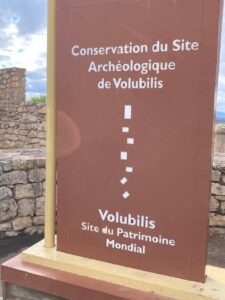
Volubilis is Morocco’s best-preserved Roman ruins located between the Imperial Cities of Fez and Meknes on a fertile plain surrounded by wheat fields. Established before the Christian Era, at a time when the area was part of Mauretania, As the final stop on the Roman imperial roads that crossed France, Spain, and northern Morocco, Volubilis welcomed people from across the Empire. Its residents included Africans, Spaniards, and Jews, among others. In its golden age, Volubilis had 20,000 inhabitants—a large population for one of the Roman cities in the provinces. Volubilis fell to local tribes around 280 AD, and the Roman Empire did not try to retake it because of its remoteness and the difficulty in defending the city. It was inhabited for at least another 700 years, first by Christians and then as an important early Islamic settlement. In the 11th century, the seat of power of the Idrisid dynasty moved from Volubilis to Fes. In the following centuries, the city was deserted as the population moved to nearby Moulay Idris and elsewhere.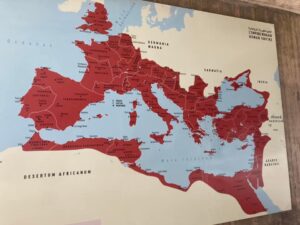
Volubilis is considered the administrative center of the kingdom of Mauretania and also one of the most remote cities within the Roman Empire, located in the far southwestern region. The ruins of the ancient city of Volubilis include everything from a forum and triumphal arch, to houses and a palace. The city’s remains show its development through the ages, mapping its journey from the capital of an ancient kingdom founded by Amazighs in the 3rd century BCE, to an imperial Roman city, and later, the seat of government of an early Islamic dynasty. The Volubilis ruins remained largely intact until an earthquake toppled them in the mid-1700s. Stones, marble, and other building materials were then scavenged for buildings in Meknes. What remains at the site today has been reconstructed and is recognized as a UNESCO World Heritage Site.
Exploring the ancient site
Volubilis itself is a massive 99 acres (40 hectares), so prepare to immerse yourself in the ancient world for the next few hours. Start with the marble stele just past the entrance and take a good look around the visitor center and its artifacts before diving in. The more you explore Volubilis, the more you get a sens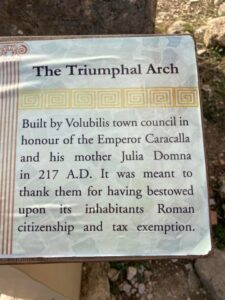 e of its scale and completeness; it’s easy to imagine what life was like in the city’s heyday when you can see the extensive ruins of a capitol building, thermal baths, a forum, and an abundance of columns. The ancient Roman city of Volubilis was filled with great houses and villas adorned with intricate mosaics in the style of the time.
e of its scale and completeness; it’s easy to imagine what life was like in the city’s heyday when you can see the extensive ruins of a capitol building, thermal baths, a forum, and an abundance of columns. The ancient Roman city of Volubilis was filled with great houses and villas adorned with intricate mosaics in the style of the time. 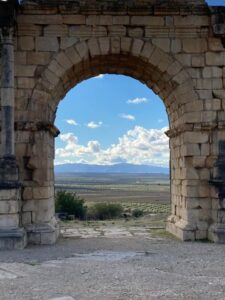
There was a forum, a triumphal arch, temples, and public baths. You can wander beneath the Arch of Emperor Caracalla after a stroll down Decumanus Maximus, the cobblestoned main thoroughfare. It fires up one’s imagination to almost hear the marching of a Roman legion into the city.
To your left, the remains of the most important public spaces; the Corinthian columns of the Capitoline temple, raised by a flight of thirteen steps; the Basilica, the courthouse, and government administration, alongside which is the Forum, the 1,300 square meter market place, originally lined with temples, small public offices, and niches containing statues of emperors and local dignitaries.
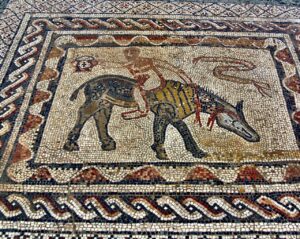
All with the backdrop of long, long vistas, once overflowing with olive groves and wheat fields.
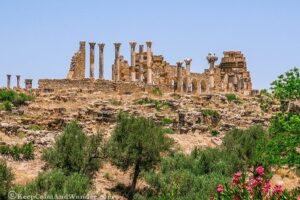 This example of Roman art may at first glance seem out of place in Morocco, but to the contrary, the Berber tribes of southern Morocco were never conquered, but they traded with the Romans for the mutual benefit of both people. Latin even remained part of the local language until the Arab conquest introduced Arabic to the region!
This example of Roman art may at first glance seem out of place in Morocco, but to the contrary, the Berber tribes of southern Morocco were never conquered, but they traded with the Romans for the mutual benefit of both people. Latin even remained part of the local language until the Arab conquest introduced Arabic to the region!
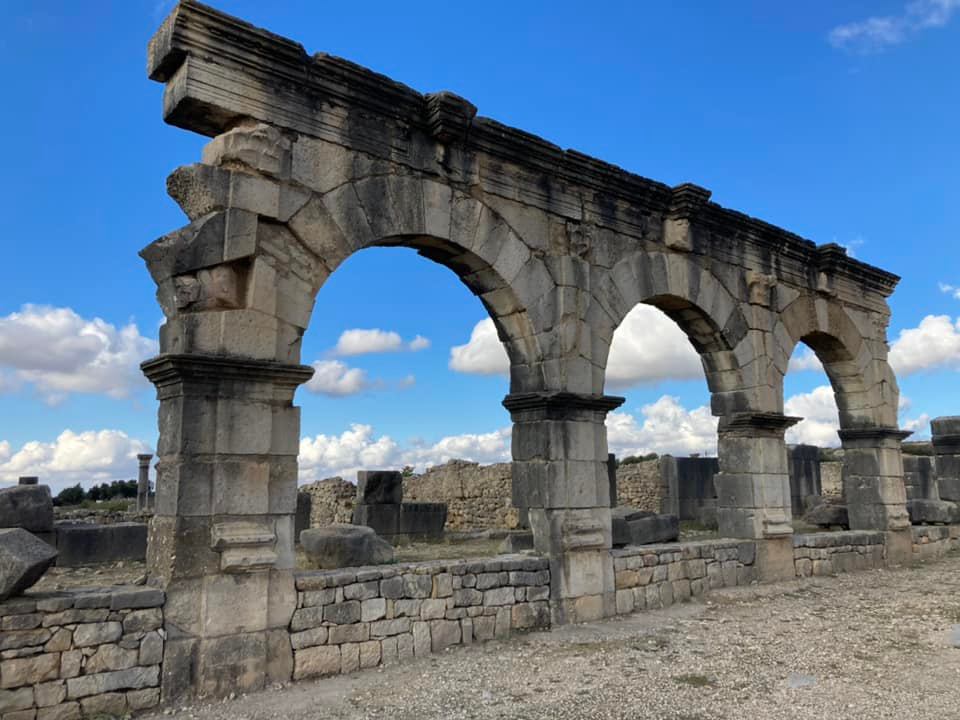


What an astonishing post! Your style captures the reader’s attention and your ideas are very well presented. Keep up the fantastic work!